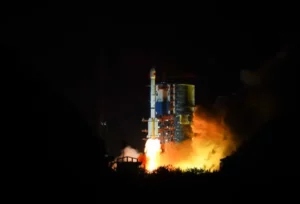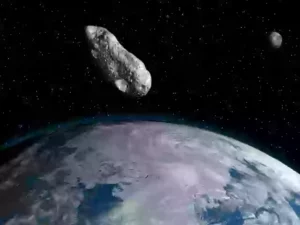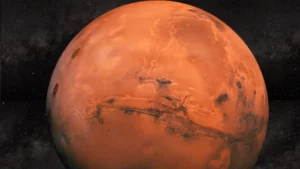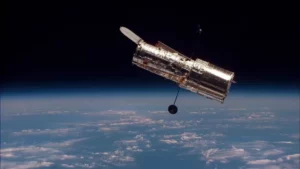Hubble at 35: Will NASA’s Iconic Space Telescope Survive the Budget Crunch?
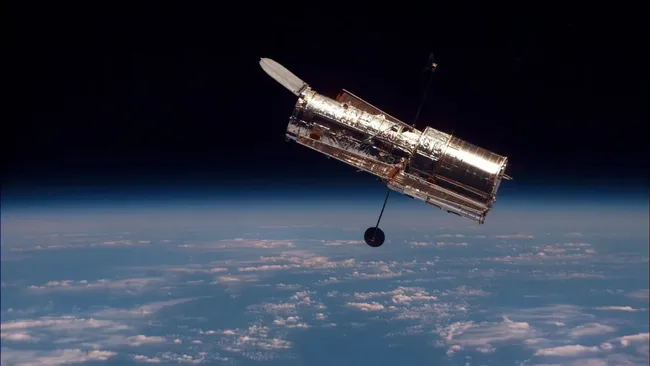
🎉 Celebrating 35 Years of Stargazing and Scientific Brilliance
Since its deployment in 1990, the Hubble Space Telescope has transformed our understanding of the cosmos. Orbiting just above Earth’s atmosphere, Hubble has captured jaw-dropping images of far-off galaxies, nebulae, and even the birth and death of stars. It’s become a symbol of human curiosity and the boundless potential of science.
On April 24, 2025, Hubble turns 35 years old—a stunning achievement for any piece of technology, let alone one launched into space. But even as we celebrate this milestone, concerns about its future are growing louder.
🚀 A Shining Star in NASA’s Storied History
Since NASA’s inception in 1958, the agency has racked up a long list of triumphs:
- Moon landings
- Mars rovers
- Asteroid encounters
- Deep space probes like Voyager, still transmitting data after nearly 50 years.
Yet, few missions have captured public fascination quite like Hubble. Not only has it been serviced by astronauts five times, it continues to offer data and images that fuel new discoveries every year.
⚠️ A Cloud Over Hubble’s Future: Budget Cuts Incoming
Recently, serious questions have been raised about how much longer Hubble can operate. According to a January 2025 report from SpaceNews, NASA has directed the Space Telescope Science Institute (STScI) to begin planning for significantly reduced funding starting in fiscal year 2026.
📉 Projected Budget Cuts:
New annual funding for Hubble could drop to $83–87.8 million, more than 20% less than current operational costs.
Julia Roman-Duval, interim head of the Hubble Mission Office at STScI, confirmed the organization is already strategizing how to cut costs without impacting core science operations.
🧩 Scaling Back Without Shutting Down
To stay within budget, STScI is:
- Reducing public outreach like social media and educational campaigns
- Prioritizing essential science and data management
- Holding off on new features or initiatives that require extra resources
This cautious downsizing is designed to extend Hubble’s life as long as possible—though it may quietly fade from the public spotlight in the process.
📉 NASA’s Science Division Faces Bigger Threats
The challenges don’t end with Hubble. According to documents obtained by Ars Technica, upcoming budget proposals from the federal government could slash NASA’s science division by nearly 50%. That would have a dramatic impact not only on Hubble, but on missions across the board—from Earth observation satellites to interplanetary research.
🔭 How Much Time Does Hubble Have Left?
While Hubble remains operational, there’s no denying it’s getting old. With no new servicing missions planned and critical systems showing signs of wear, its future depends heavily on:
- Budget support
- Component reliability
- Whether other missions like the James Webb Space Telescope (JWST) can fully take over its role
For now, Hubble still fills a unique observational niche that JWST cannot entirely replace. But time—and funding—will determine how long it can continue to do so.
🌠 Why Hubble Still Matters
Even if Hubble only has a few birthdays left, its impact is timeless:
- It has reshaped our view of the universe
- Inspired generations of scientists, artists, and dreamers
- Delivered over 1.5 million observations
- Generated countless scientific papers
As we look ahead, preserving its legacy—and its ability to keep working—might just depend on public interest and strategic investment.
✨ Final Thoughts: Don’t Count Hubble Out Just Yet
Hubble has defied the odds for 35 years. And with a little help, it could keep doing so for many more.
Let’s not forget: The telescope that showed us galaxies colliding, stars forming, and the depths of the universe deserves more than a quiet farewell. It deserves a future.
